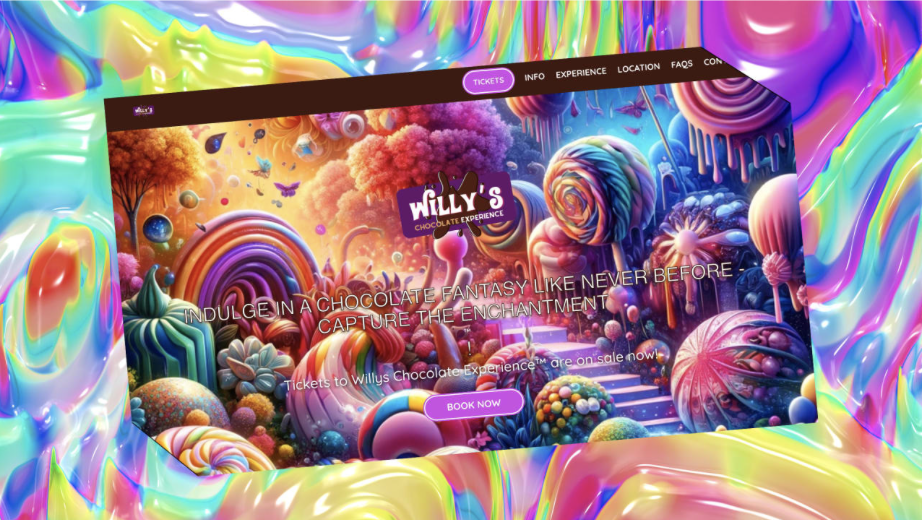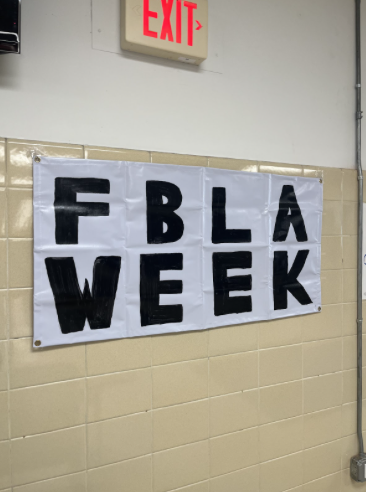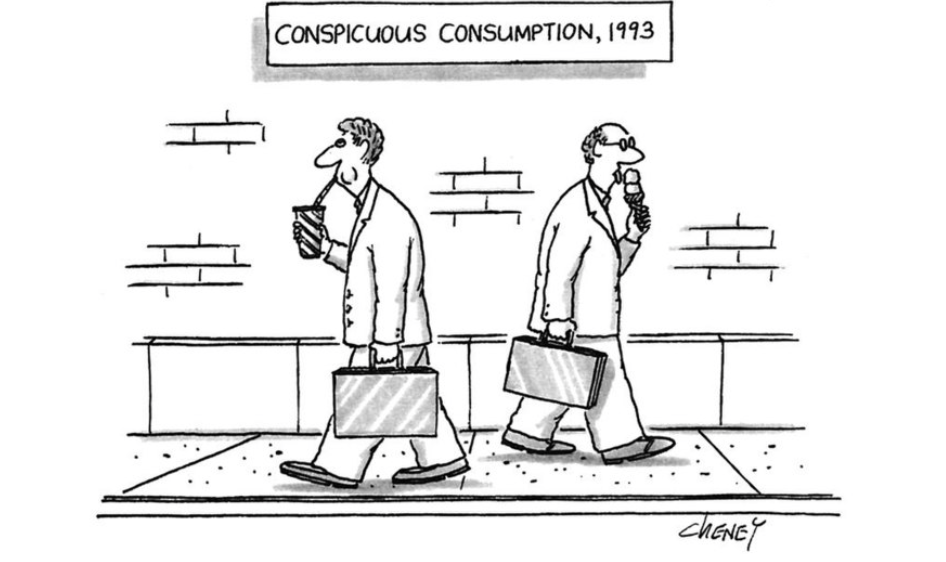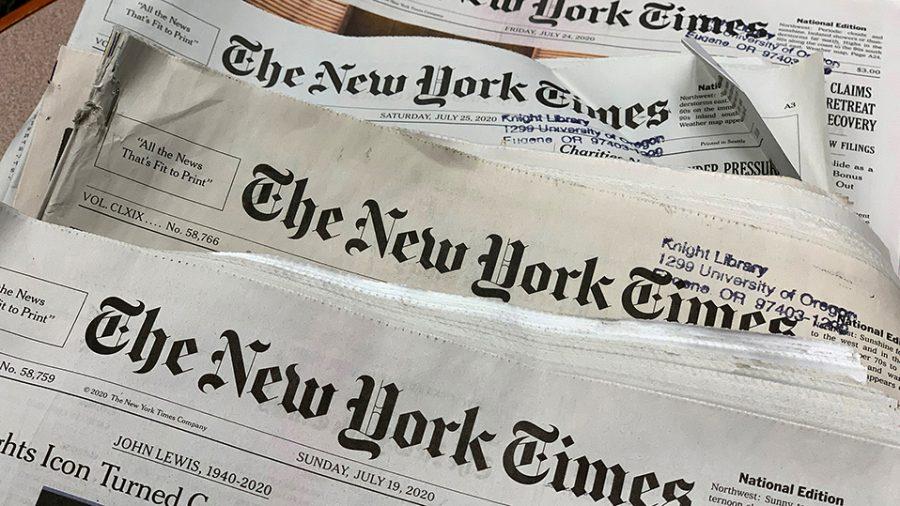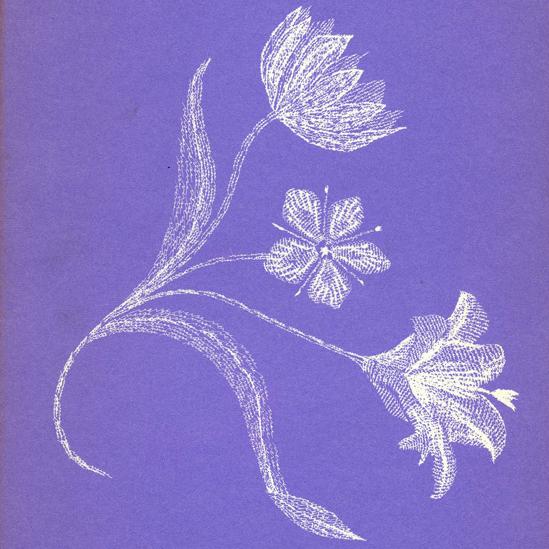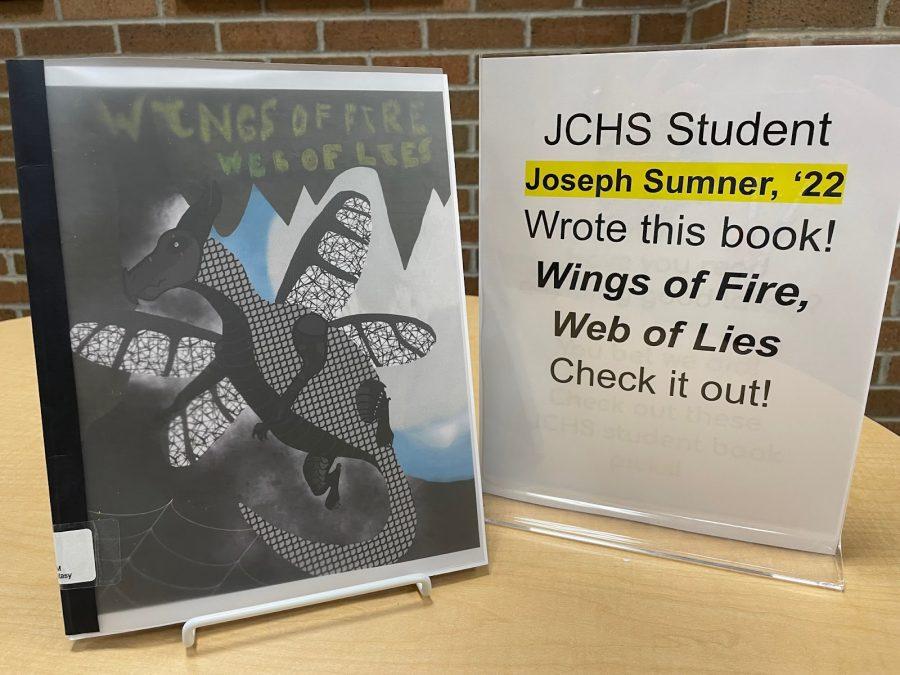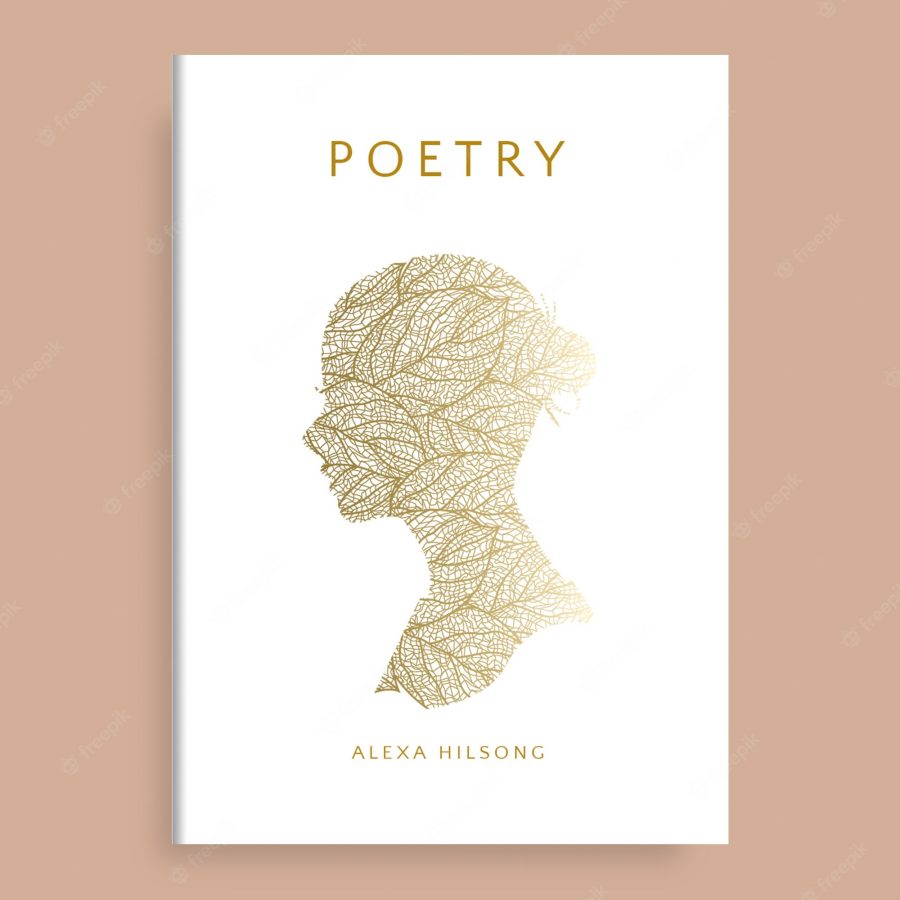For those who do not know me well, I am probably one of the biggest Bob Dylan fans under the age of 40 that you will come into contact with. As a young boy, I would take out numerous Dylan CD’s from the public library and download them onto my iPod Mini. His shrill, nasally tenor voice coupled with his signature wailing harmonica solos and folksy, strummed guitar accompaniments became the soundtracks to family vacations, the dreaded journey from my quaint suburban home to elementary school and the like. As I grew older and wiser, I began to realize why I had such a connection with Dylan’s music (aside from us having the same hairstyle). At face value, Dylan’s music is not very melodically pleasing (save for Nashville Skyline and some of his gospel music). His voice, as David Bowie described, is like “sand and glue”, very nasal and sharp; it is distinct, with raw tone cutting into the upper echelons of his register with every note sung. Joyce Carol Oates described Dylan’s voice as “raw, very young, and untrained…as if sandpaper could sing. The effect is dramatic and electrifying.” While Dylan’s backup band and his guitar playing were always at the very least passable, it was by no means groundbreaking in terms of musical technicality, especially in comparison to fellow musicians of the time period such as The Beatles, Eric Clapton, and Paul Simon. The true genius of Dylan’s music lies in his beautiful amalgam of sensual, evocative lyrics and the way in which he presents them.
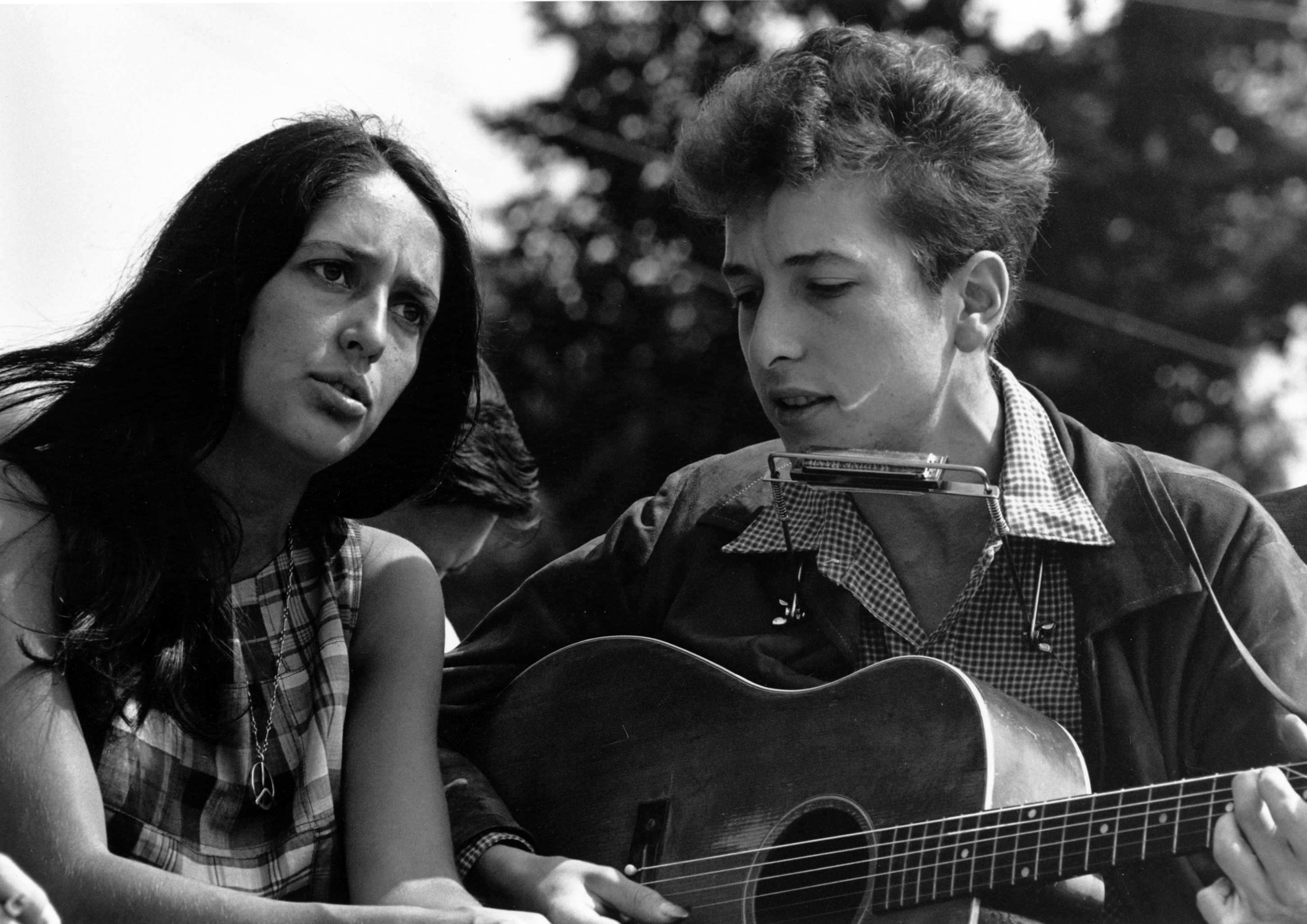
Dylan can be studied through a variety of lenses. From a historical lens, Dylan’s earlier work mirrored American disillusionment with the Vietnam War. In the early stages of Vietnamese involvement, Dylan released “Masters of War” which derided the military-industrial complex, calling out government and military leaders for hypocrisy and carelessness: “You’ve never done nothin’ but build to destroy/You play with my world like it’s your little toy/You put a gun in my hand and you hide from my eyes/Then you turn and run farther when the fast bullets fly.” Dylan performed his civil rights anthem “Blowin’ in the Wind” at the 1963 March on Washington where Dr. Martin Luther King Jr. gave his famed “I Have a Dream” speech. Dylan’s antiwar and civil rights protest songs were wildly popular and were used extensively during demonstrations. Dylan was able to create art that was reflective of the social unrest that was plaguing American society, while also having the audacity to deliberately mirror society’s flaws through such artwork. In the 1970’s, Dylan protested the incarceration of Rubin “Hurricane” Carter who was unjustly convicted of a triple murder. As a result of the popularity of the song “Hurricane,” activists managed to get him freed from prison. Dylan’s influence on the cultural and political landscape of the United States had a significant impact on America, then and now.
Dylan’s reflections on marriage, family, love, music, and personal topics in general are just as, if not more, poetic and beautiful as his topical songs. “Sara,” which I consider his most beautiful song, is a paean to his ex-wife, Sara Dylan, that details their marriage and his passion for her, all sung in his signature nasally register: “The beach is deserted except for some kelp/And a piece of an old ship that lies on the shore/You always responded when I needed your help/You gave me a map and a key to your door/Sara, oh Sara, glamorous nymph with an arrow and bow.” The song is frank, concise, and beautifully orchestrated with Dylan’s wailing harmonica and a violin accompaniment which contributes to the sentimentality of the song. Poetically, “Mr. Tambourine Man” has consistently been my favorite. The imagery described in this song, though seemingly nonsensical and lacking in clear subject matter, is reminiscent of the poetry of Arthur Rimbaud, one of Dylan’s inspirations. Dylan, perhaps, became the paradigm of poetic lyricism during the 1960’s with this song. Many high school literature courses examine this work as a standalone poem, and for good reason too.
Why is Bob Dylan relevant in 2014, after more than 5 decades have gone by? His beautiful, evocative lyrics still reverberate as some of the best written in the history of recorded language. He has influenced numerous artists and revolutionized popular music, particularly with his 7 minute diatribe “Like A Rolling Stone,” which set the stage for long pop music singles. Reading his lyrics and listening to his music is an experience similar to reading any piece of classic literature. He gives insight into the human condition and a greater understanding of ourselves as a people. Bob Dylan’s music encapsulates numerous aspects of life in a cerebral, truthful manner which is why he has remained so popular for five decades.
And take me disappearing through the smoke rings of my mind,
down the foggy ruins of time/Far past the frozen leaves, the haunted frightened trees
Out to the windy beach, far from the twisted reach of crazy sorrow
And to dance beneath the diamond sky with one hand waving free,
Silhouetted by the sea,
Circled by the circus sands
With all memory and fate driven deep beneath the waves.
Let me forget about today until tomorrow.
-Bob Dylan, “Mr. Tambourine Man”


